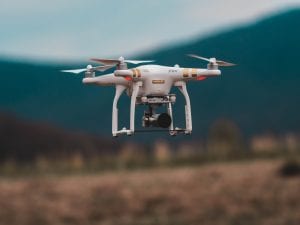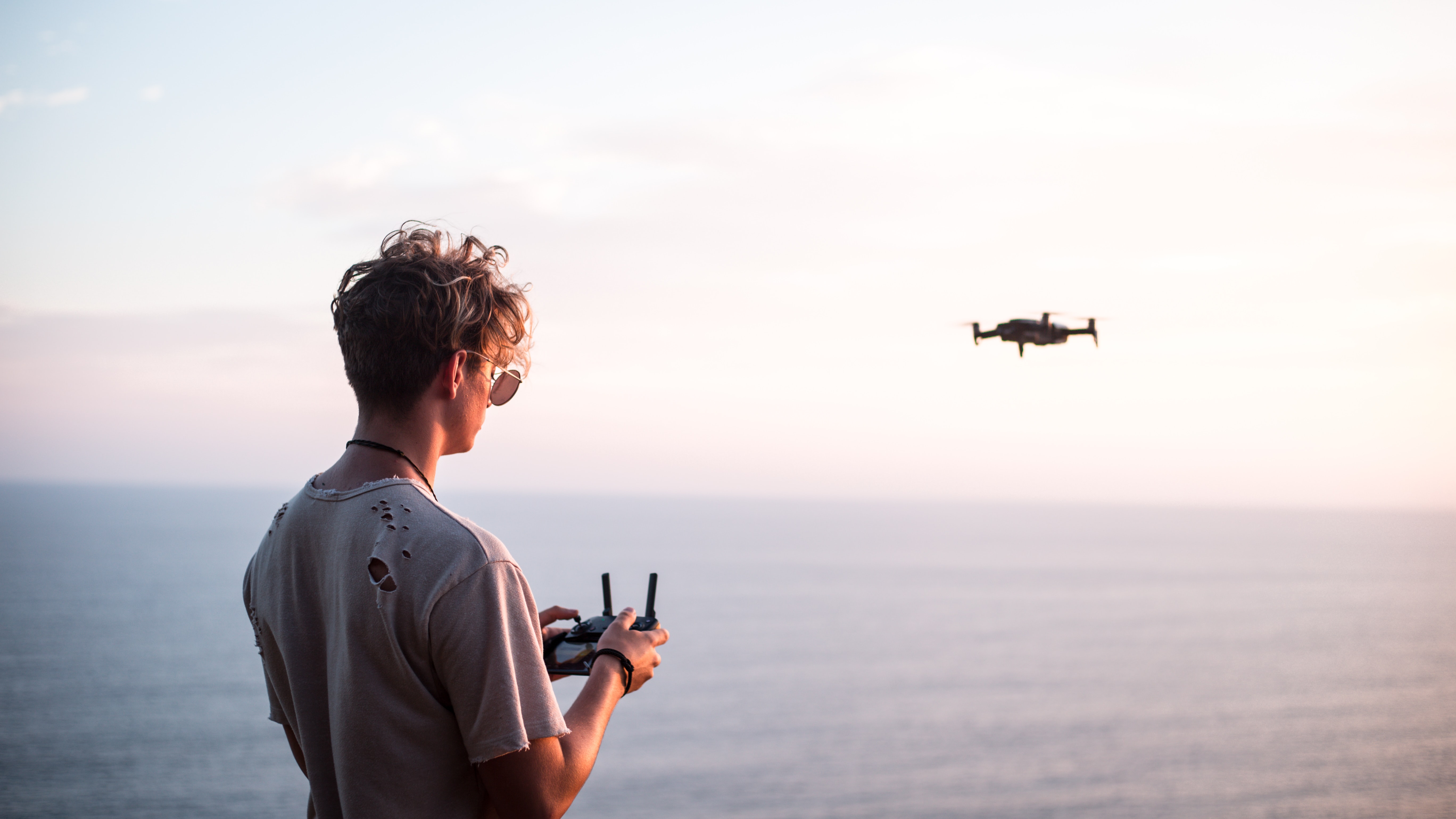Owning a drone can be a great experience for recreational flyers and hobbyists alike, but it’s necessary to be aware of the regulations and requirements involved.
As drone usage becomes increasingly popular, crimes and arrests associated with the hobby continue to increase as well. From privacy violations to flying in restricted airspace, there are a number of ways that drones can encounter legal issues, but many who own a drone aren’t aware of the laws. Whether you’ve just bought your first or you’re simply curious about the regulations surrounding recreational drone use, here’s what you should know about the basics.
Major issues surrounding drone use
Perhaps one of the major issues surrounding recreational drone use is flying in restricted airspace, especially when it comes to drone photography and videography. In fact, there have been a number of arrests made of photographers or even just drone hobbyists due to flying in no-fly zones. One prominent example of this occurred in Arizona back in 2017, when a drone operating in a no-fly zone had forced firefighters to ground eight aircraft that were being used to fight the Goodwin Fire. This not only put pilots in danger, but interfered with efforts to fight the fire as well. However, this isn’t the only issue regarding drone use, as while labor shortages and climate change are pushing for package delivery services that involve the use of drones, services like Amazon Prime Air aren’t yet mainstream, and one of the main reasons for this has to do with restricted airspace. The drone-for-delivery industry continues to face challenges surrounding airspace regulations, legal hurdles, and the need for companies and government agencies to come up with airspace-sharing plans.
Knowing the basics
If you’re looking to register your drone for recreational use, there are a number of regulations set by the FAA to be aware of. For example, it’s imperative that flyers don’t interfere with manned aircraft or emergency response and law enforcement activities. Maintaining a height of or below 400ft in uncontrolled airspace is also a requirement. Additionally, it’s required that drone users not fly in a dangerous manner — such as under the influence of drugs or alcohol. Taking and passing The Recreational UAS Safety Test, also known as TRUST, and carrying proof of test passage, as well as proof that the drone is registered with you at all times while flying, are also requirements to be aware of.

While how you fly and the requirements for flying are important for the safety of yourself and others, it’s important to realize that there are also restrictions on where you can fly, and whether or not drone photography/videography is permitted. Because of this, it’s imperative that you check beforehand, and see what the regulations are in the area you plan on flying in order to ensure you’re in compliance.
The importance of registration
As a recreational drone flyer, it’s important to register the drone with the FAA, as you could face hefty fines for flying unregistered. According to a law that was passed on January 3rd, 2018, a recreational drone user must register with the FAA, and flyers must also mark the outside of the drone with the registration number, in addition to carrying proof of registration when flying. Not only does registering your drone aid in ensuring the safety of national airspace, but it helps in identifying your drone should a situation arise.
Owning a drone can be a great experience for recreational flyers and hobbyists alike, but it’s necessary to be aware of the regulations and requirements involved. Where you can fly, how you do it, and registering with the FAA are all important considerations if you’re considering purchasing a drone for recreational use.


Join the conversation!